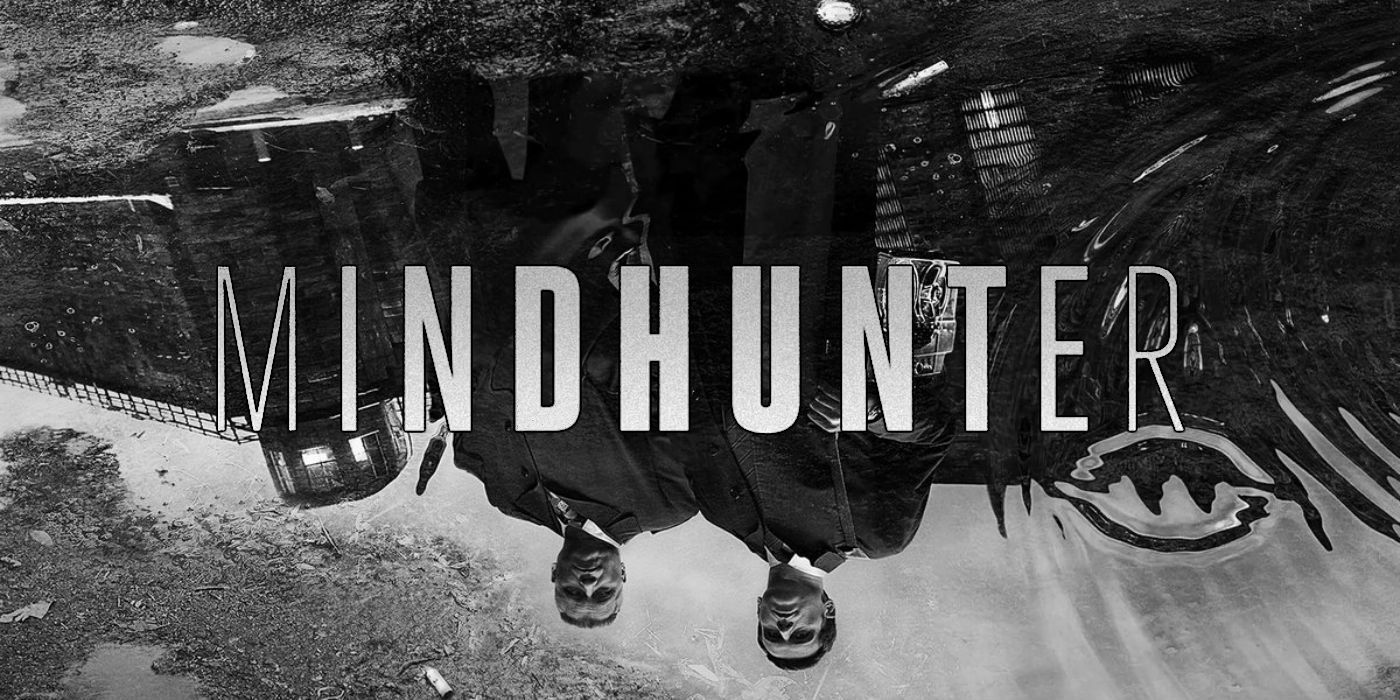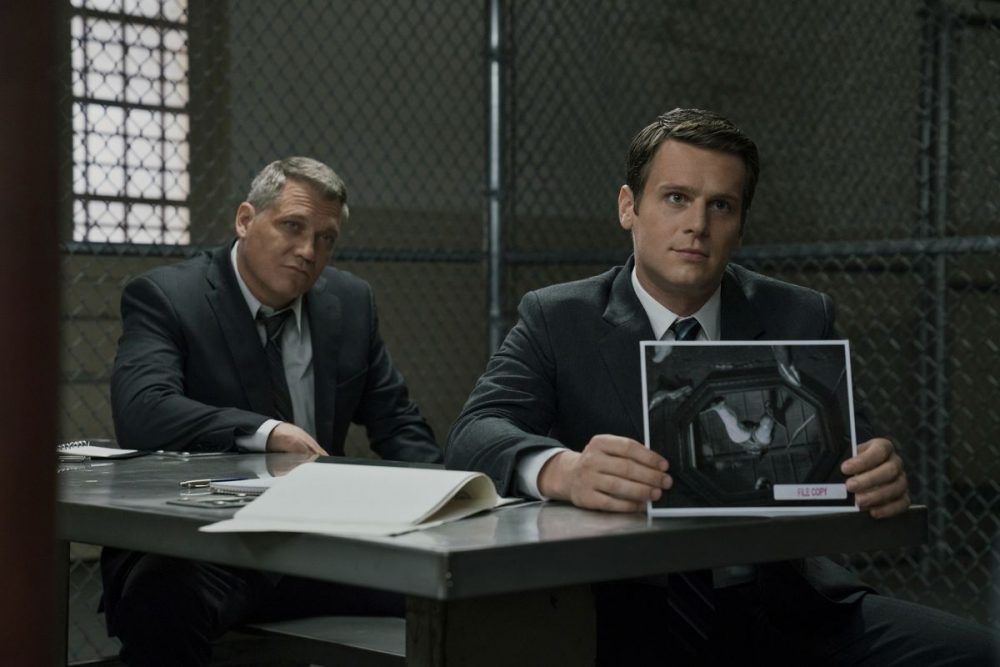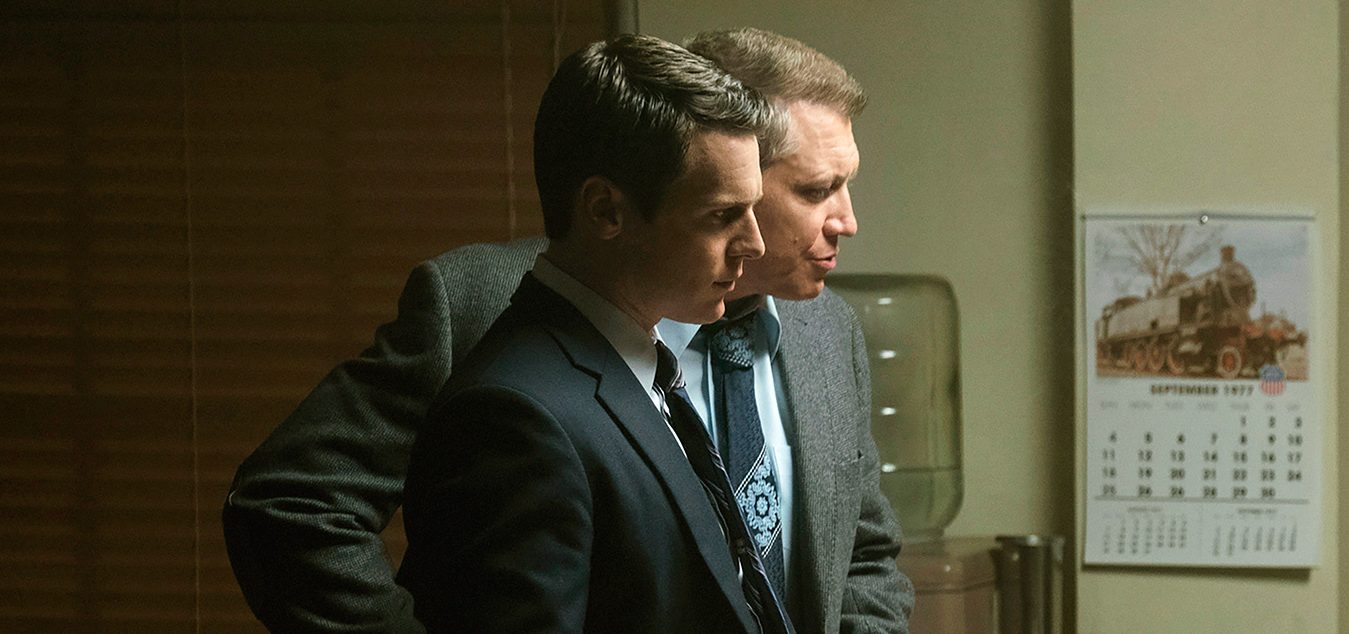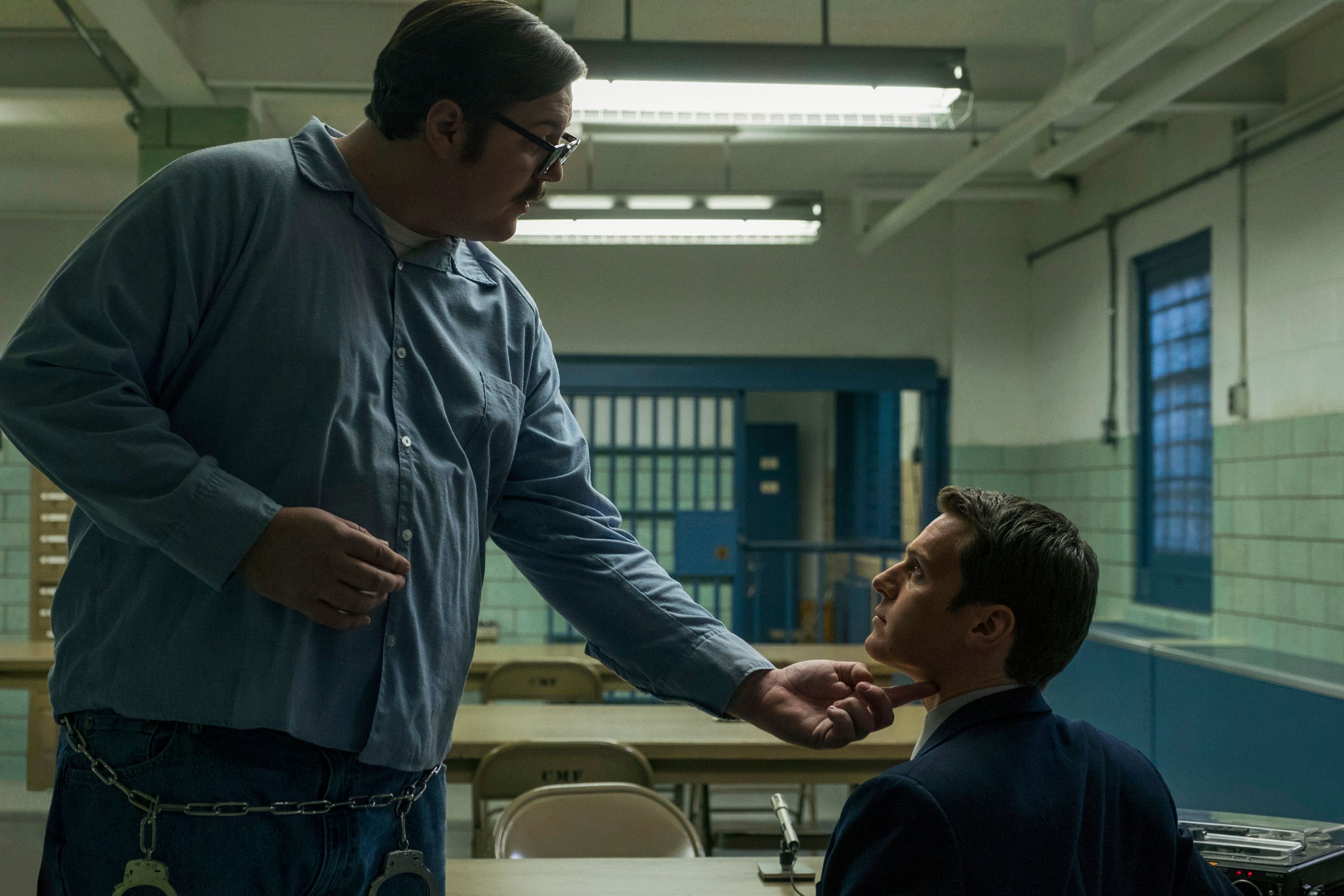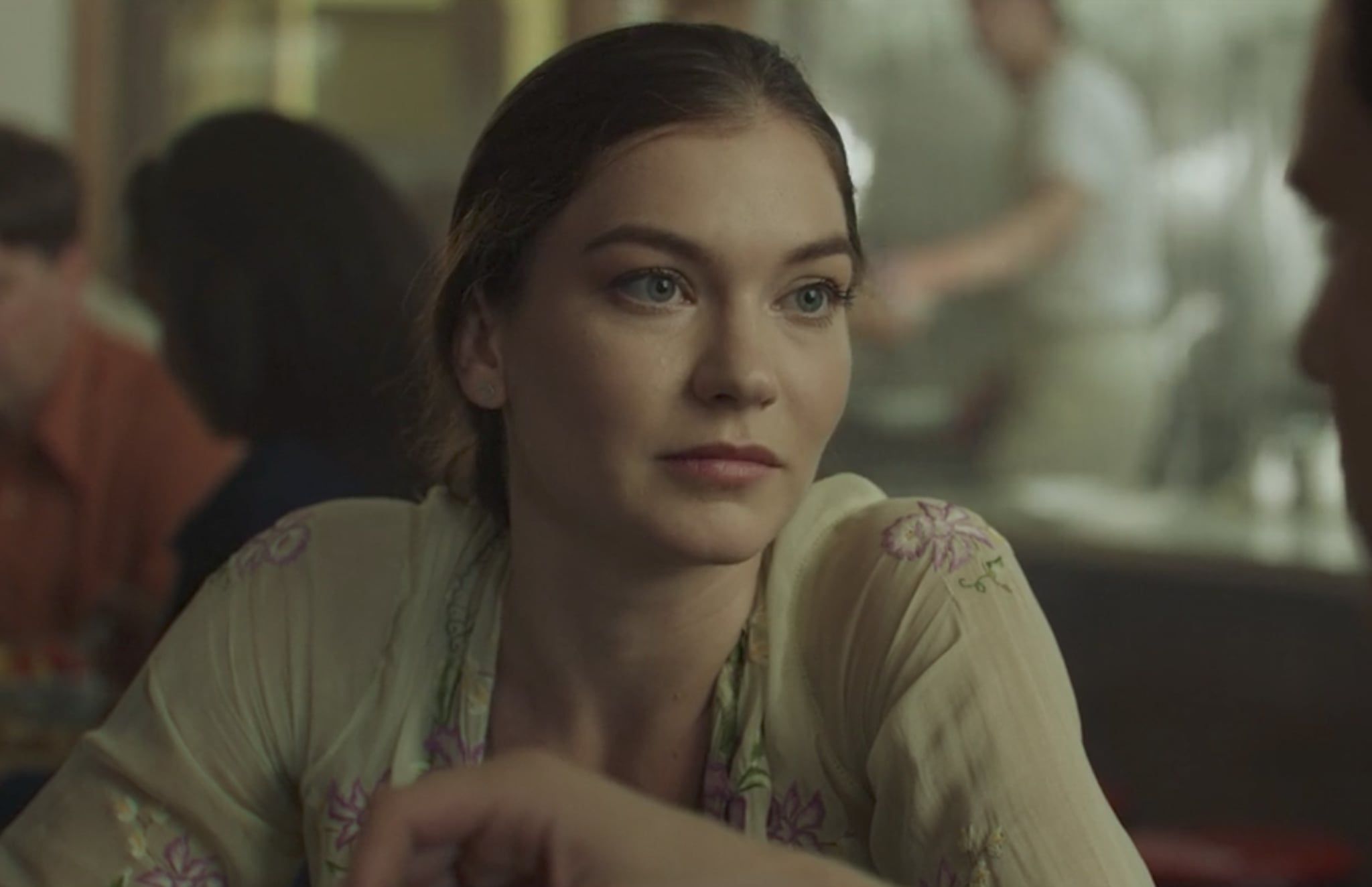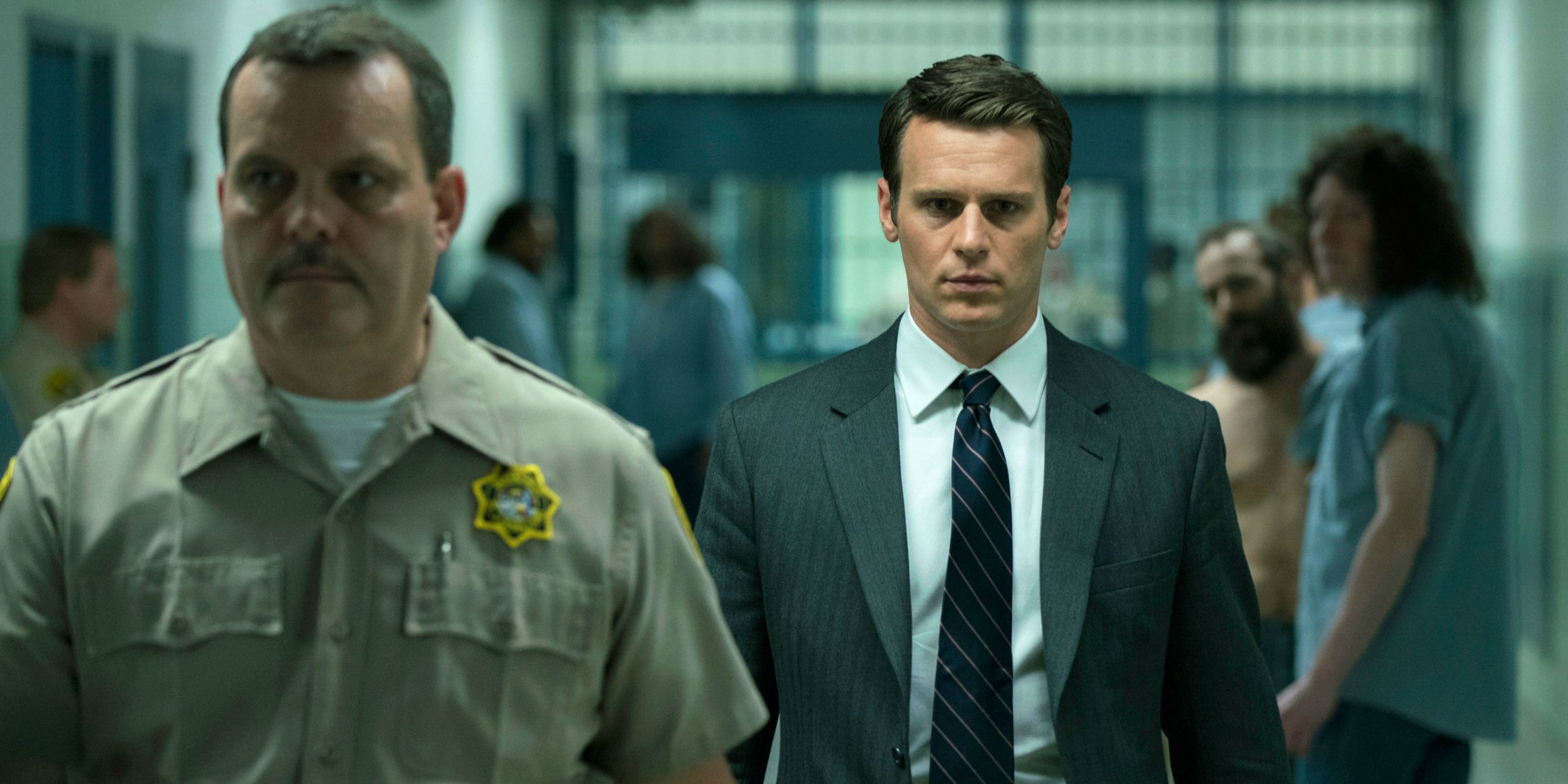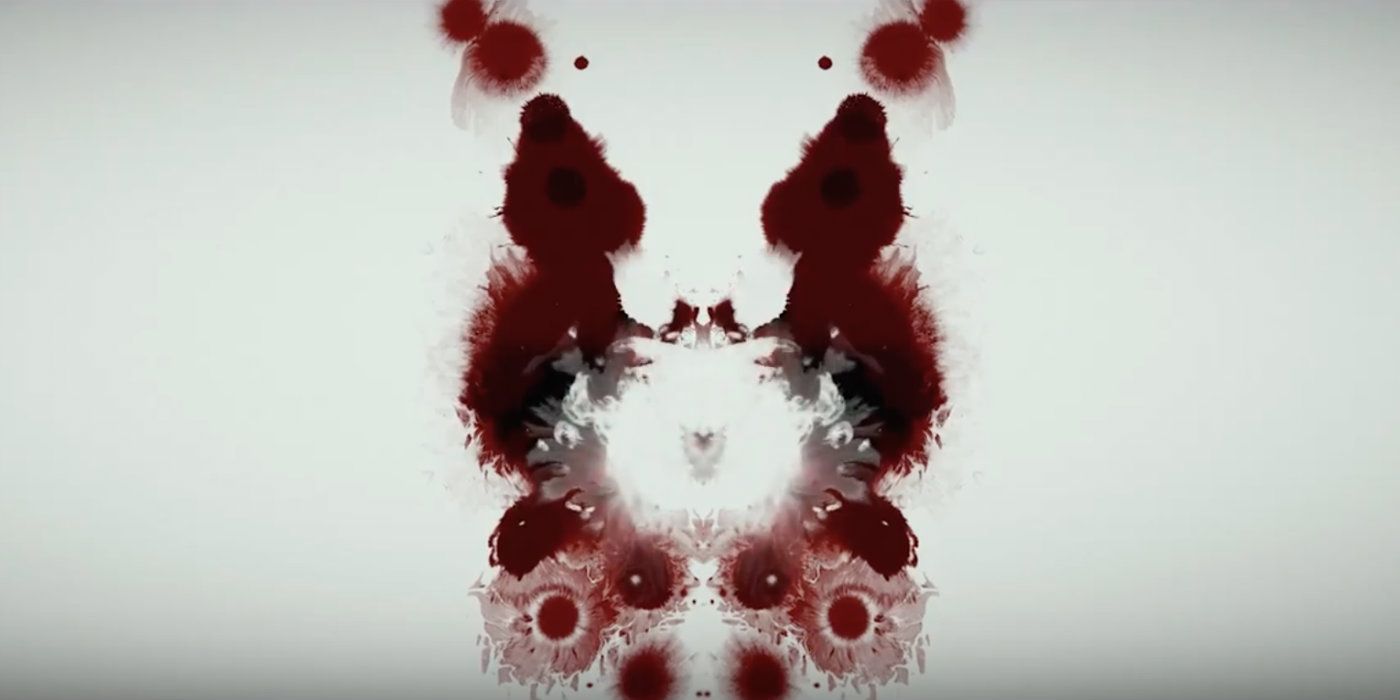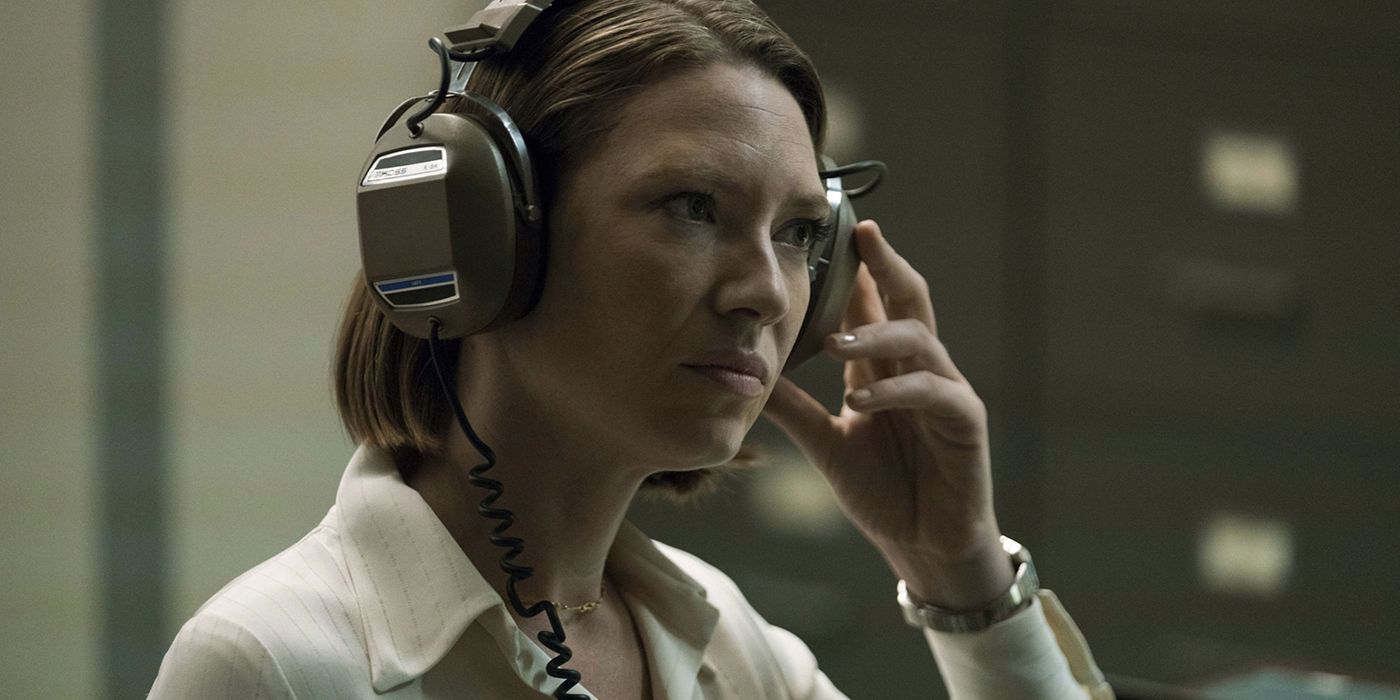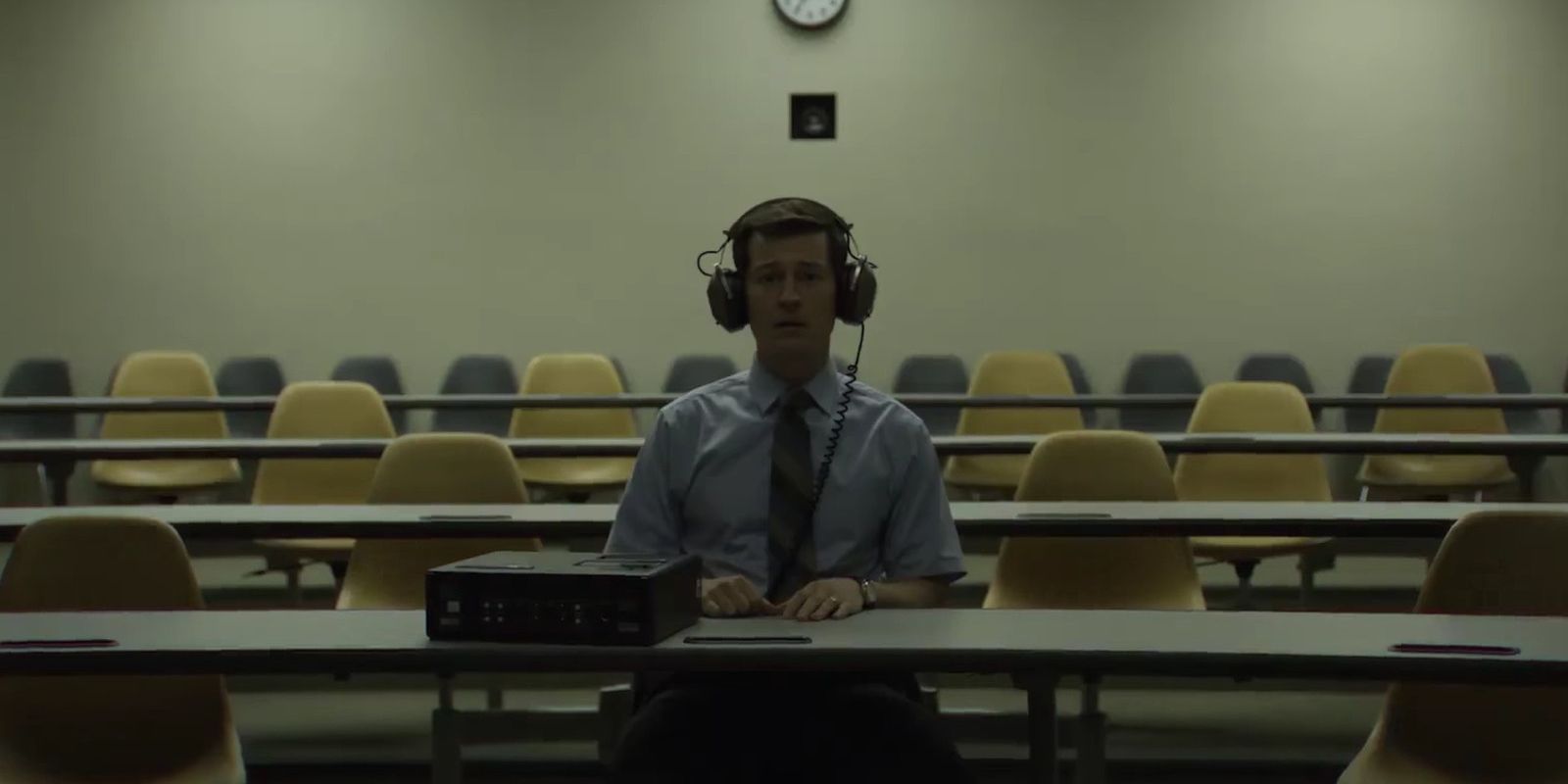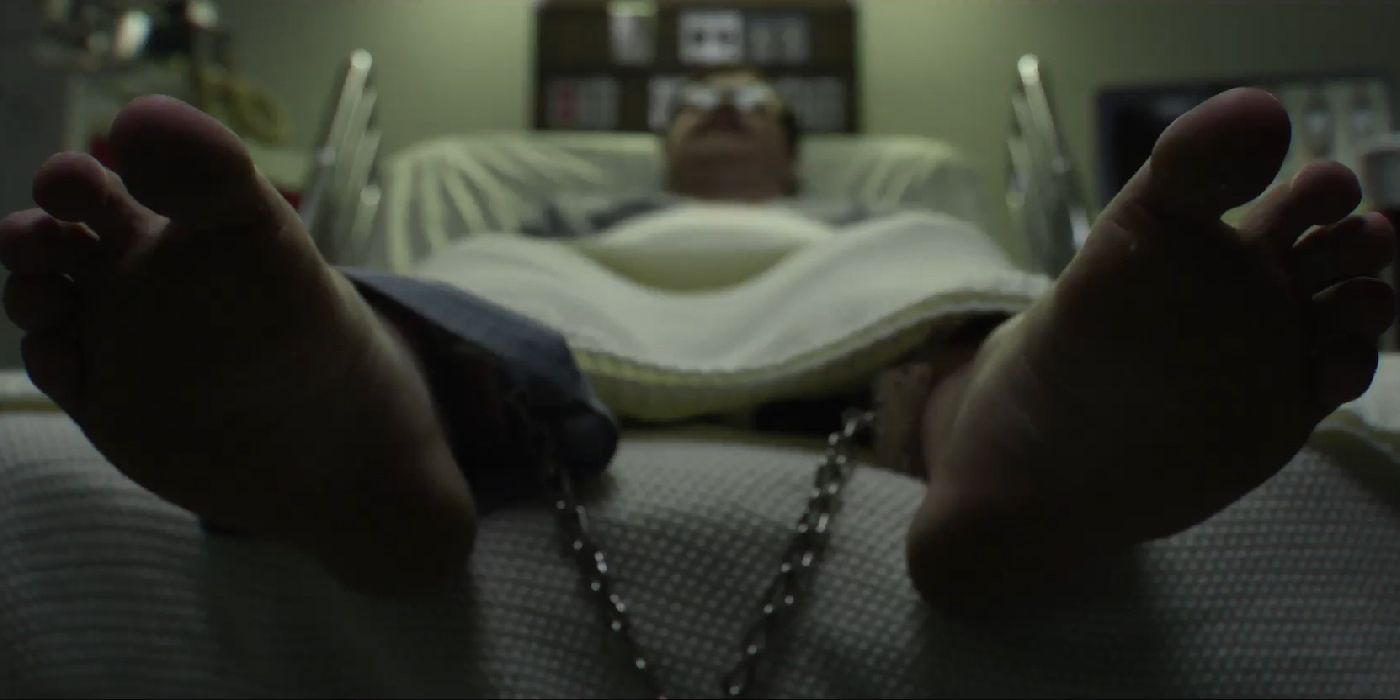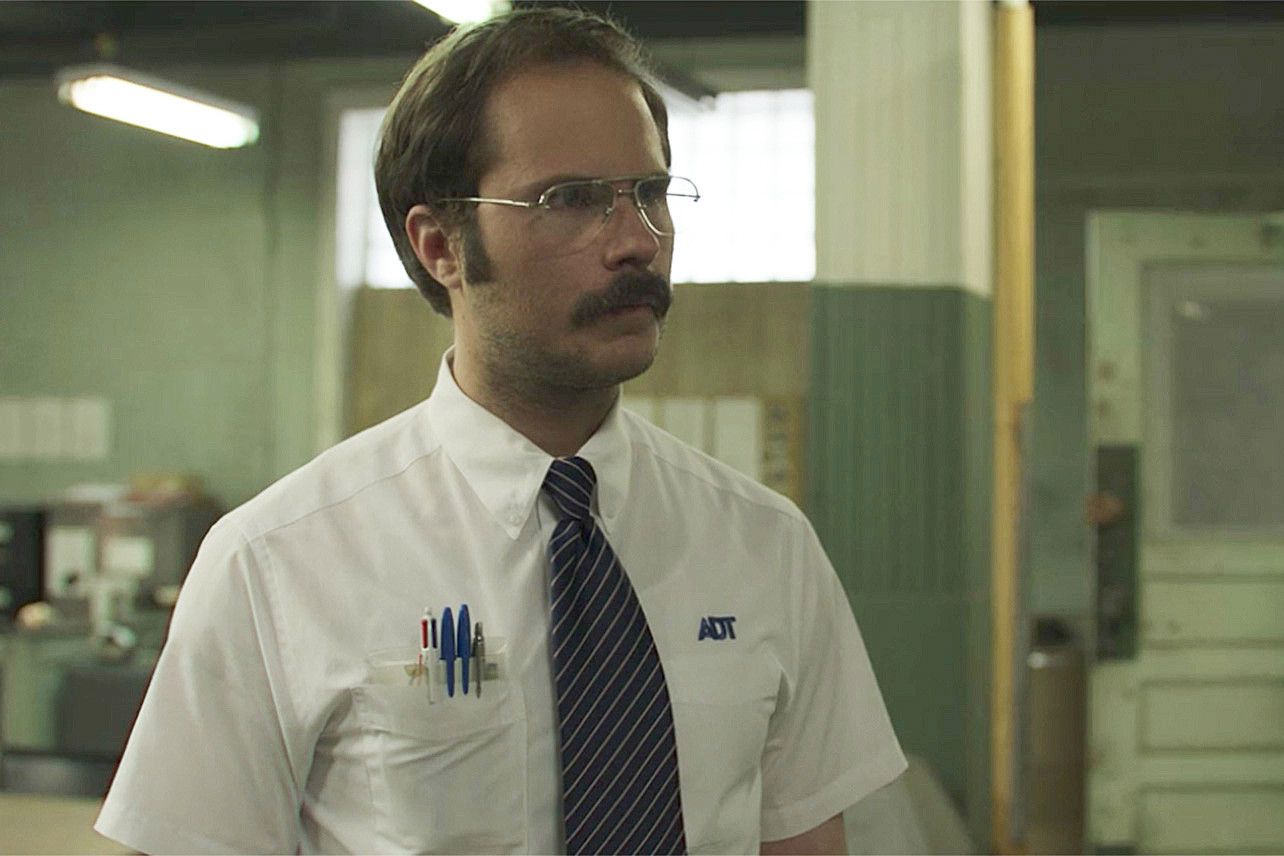With Netflix's hit-show, Mindhunter, set to return for a second season, many fans are wondering what to expect going forward. They're also going back and rewatching the first season to remind themselves of all the twisty, hair-raising, moments that occurred. But fans may be taken aback by the fact that the show actually has some notable differences from the brilliant book that it was roughly based on, which was, in turn, based on real-life events examined in a series of interviews with incarcerated criminals.
This list will delve into some of the most significant changes that were made when adapting the show, as well as some of the things that were left out completely. Without further ado, here are 10 Differences Between The Show And The Book.
RELATED: 10 Best Horror T.V. Shows Available On Netflix
The Characters Make Errors In The Show
In the Mindhunter series, the detectives actively make mistakes that lead them to further mistakes until they have to go back and rethink things. The book, which was written by real-life FBI agent John Douglas, is entirely different in this respect. The entire novel is about the psychology of the people being interviewed versus a dramatic plot that follows the failures and successes of the two characters. Additionally, Douglas explains the assessments of the individuals in each chapter. These assessments are based on prior cases. Although it took some time for Douglas to be proven right, he claims he always was. This means that the book contains no instances of him making an error in judgment or analysis. This is far from true for the show's protagonists, Ford and Tench.
The Detectives Are Fictional
Netflix's Mindhunter is roughly based on John Douglas' and Mark Olshaker's book, "Mindhunter: Inside The FBI's Serial Crime Unit". The book is written from Douglas' perspective and therefore lacks any dramatization of events. This is one of the reasons why David Fincher, the series creator, had to come up with Holden Ford as a stand-in for Douglas, a real-life FBI agent. Fincher could then come up with story arcs for the character that would make the show compelling while allowing him to be free of committing to any real-life representation of Douglas. The same is true for Bill Tench, who is roughly based on FBI agent Robert Ressler. Clearly, it was more important to get the criminals, as well as the message, correct versus the detectives.
The Story And Characters Are Dramatized
Novels and television shows work very differently from a structural point of view. This is especially true for a non-fiction book which is essentially full of a bunch of interviews. In short, a show (or a movie, for that matter) has to be dramatized. It has to be made engaging through questions, conflict and compelling characters. A non-fiction book, on the other hand, can be a very long and engaging essay.
In order to bring Mindhunter to life, backstory and personal lives had to be made up from scratch for the series' central characters. Additionally, peaks and valleys of emotion needed to be added. None of this existed in the novel and is purely from the mind of David Fincher and his writers.
Debbie Mitford Is Totally Fictional
Holden Ford's girlfriend, post-graduate student Debbie Mitford was completely created for the show's story and doesn't exist in the book at all. In an interview, David Fincher explained that he and his writers liked the idea that Holden is surrounded by people who knew more about psychology than he did.
RELATED: Everything You Need To Know About Fincher's Mindhunter Series
Because of this, Holden is utterly enamored by people who know more about it and wants to learn from them. This is a great way to tease out context and exposition that Holden needs for the show's main story. It was a natural jump to create a girlfriend who could supply Holden with this information as well as help develop his character outside of his job.
Some Names Were Changed
Although some of the real-life victim's names were changed in the book, far more were altered in the show. This includes "Bevelery Jean Shaw" who was discussed at length in the fourth and fifth episodes. Additionally, the show even altered a couple of the names of the all-too-real monsters that Holden and Tench interviewed. Each of the cases in the show are almost entirely accurate, but for various reasons, the writers thought that changing the names would protect certain individuals as well as themselves from lawsuits. One example of this is the principal, Roger Wade, who was seen in the eighth episode of the show.
The Book Is More Brutal
Believe it or not, "Mindhunter: Inside The FBI's Serial Crime Unit" is far more brutal than Netflix's Mindhunter series. One of the reasons for this is because the book takes first-hand accounts and essentially lays them out as a documentary would. In other words, it doesn't pause for a dramatic moment. It goes right for the jugular. Although the crimes explained in the show are unnerving and mysterious, more details are shared in the book because the writer is essentially describing a case to their readers and doesn't have to be bothered with character development or subtly. It's just one of the advantages of books. But that doesn't mean that it's always the more compelling choice.
"Wendy Carr" Is Barely Acknowledged In The Book
Although psychology professor Wendy Carr is almost an entirely fictional creation for Netflix's Mindhunter, she is based on a real-life woman who's barely mentioned in the book. For the most part, the Mindhunter book spends its time discussing John Douglas' findings and hard work. This should come as no surprise as it was co-written by the man. But in reality, the Behavioural Science Unit consisted of at least ten dedicated individuals including a forensic nurse named Ann Wolbert Burgess. This woman was the inspiration for Carr, who also helped the main characters develop their work for publication. Fincher and his researchers clearly appreciated this as Carr became one of the main characters on the show.
The Book's Approach To Criminal Psychology Is Different
John Douglas' non-fiction book, "Mindhunter: Inside The FBI's Serial Crime Unit" was released in 1995, a time where the psychology of the people interviewed was far newer. Nowadays, we all have a better understanding or, at least, an appreciation for, the complexity within depths of the human mind and how we can all be pushed off the edge of sanity. This meant that the book's approach to the relatively new world of criminal psychology was as if a new door had been opened. In contrast, the series plays this angle as if these perspectives had been under the surface the entire time and just been ignored or underappreciated.
The Hospital Scene With Kemper Is Different
Near the end of the final episode of Season One, Ford meets with Kemper in a hospital room. At one point, the incredibly tall Kemper stands over Ford and remarks on how easily he could take him out right then and there. The truth is, a real-life interaction like this is detailed in the book but didn't involve John Douglas, the man that Ford was based on.
RELATED: What To Expect From Mindhunter Season Two
In reality, it was the man who Tench was based on, Robert Ressler, who had a similar interaction with Kemper and was forced to call in the guards. At the end of the day, Kemper claimed that he was merely joking.
The BTK Criminal Isn't In The Book
The Mindhunter book is almost entirely made up of interviews from captured criminals, and therefore doesn't deal with any of the ones who were active at the time. But the show takes a slightly different approach as it builds up an unnamed character that looks as though could be become Season Two's adversary. This would be Dennis Radar, AKA "The BTK Killer". The show follows the unnamed character, who looks precisely like Radar, as he does the same activities and commits the same crimes that the real-life monster did. Although the show has merely interwoven this character into the show thematically, it seems like he is destined to come into contact with Holden and Tench at some point.

